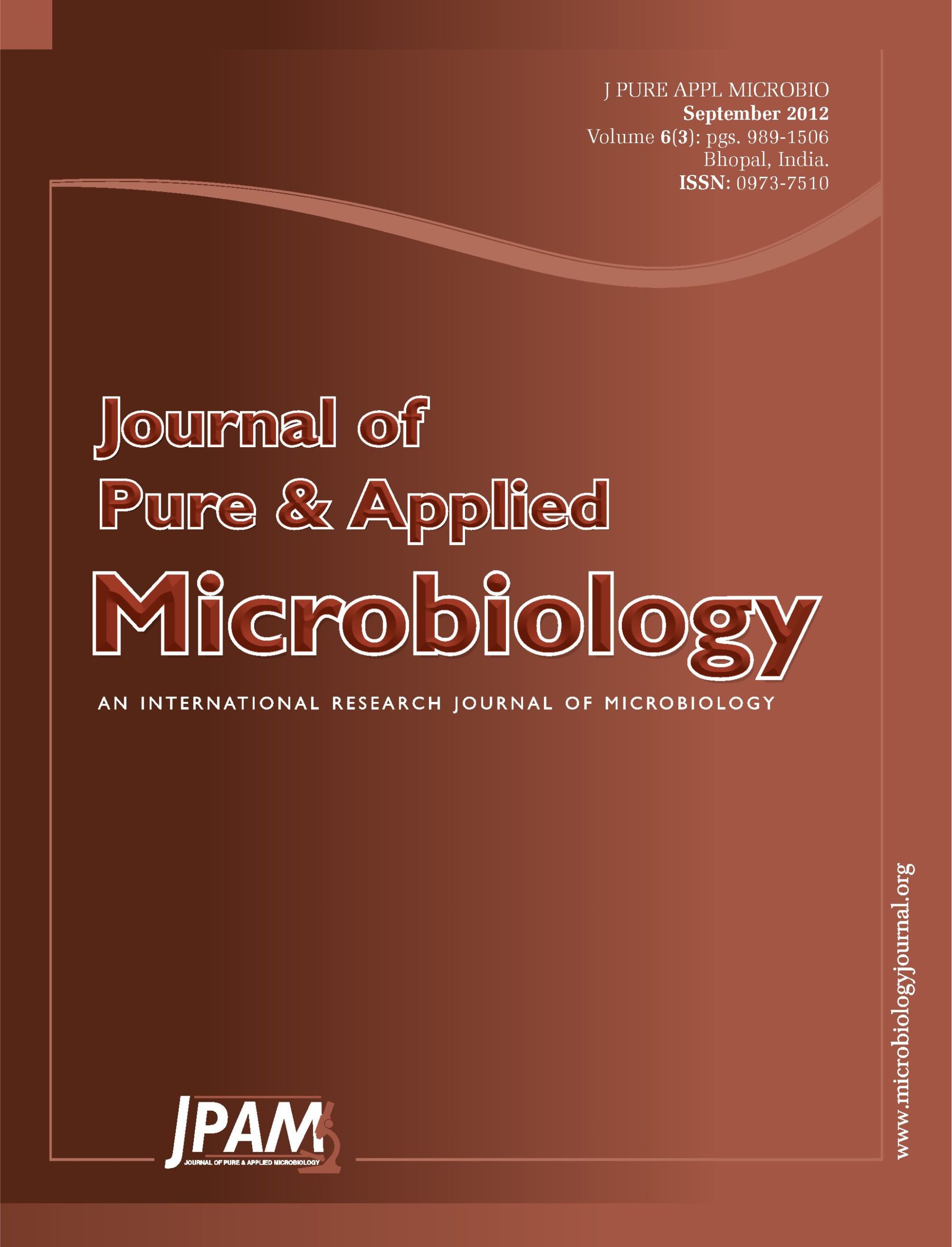Echinococcosis is a Zoonoses infection with worldwide spread. In some parts of Iran, the disease is endemic and is of great health and economic importance. With regard to the importance of the infection, the current study was carried out to determine the three-year prevalence of hydatidosis in Qom province. The test used was routine serological tests including ELISA method. The participants’ personal information was collected using a questionnaire, and analyzed with SPSS software. It was observed that in the three years of study, the prevalence did not have a stable trend in different months and years. It was found that the disease mostly occurred in Iranians, households, urban population, illiterate people, and the age range of 51-60. Moreover, no statistically sex difference was observed in the patients. Identification of epidemiological aspects of the disease is a health priority in control and prevention of the disease. The reported frequency of the disease indicates more attention by the health authorities of the region to identify the contamination resources and the transmission routes.
Seroepidemiological Evaluation, Hydatid Cyst, Qom, Iran
© The Author(s) 2012. Open Access. This article is distributed under the terms of the Creative Commons Attribution 4.0 International License which permits unrestricted use, sharing, distribution, and reproduction in any medium, provided you give appropriate credit to the original author(s) and the source, provide a link to the Creative Commons license, and indicate if changes were made.


